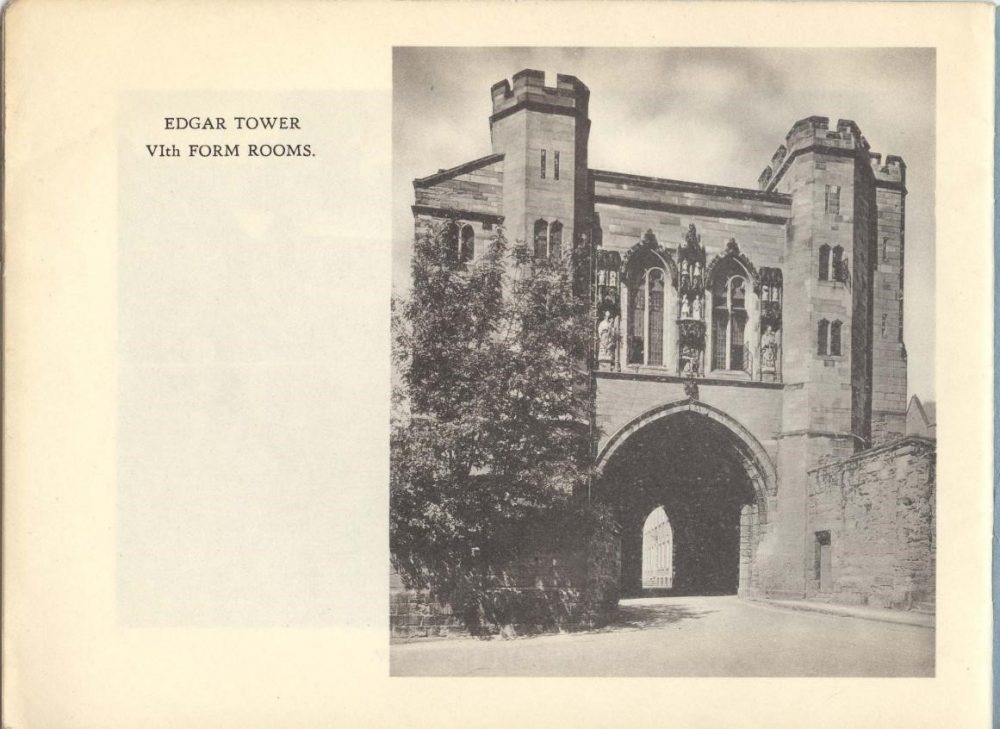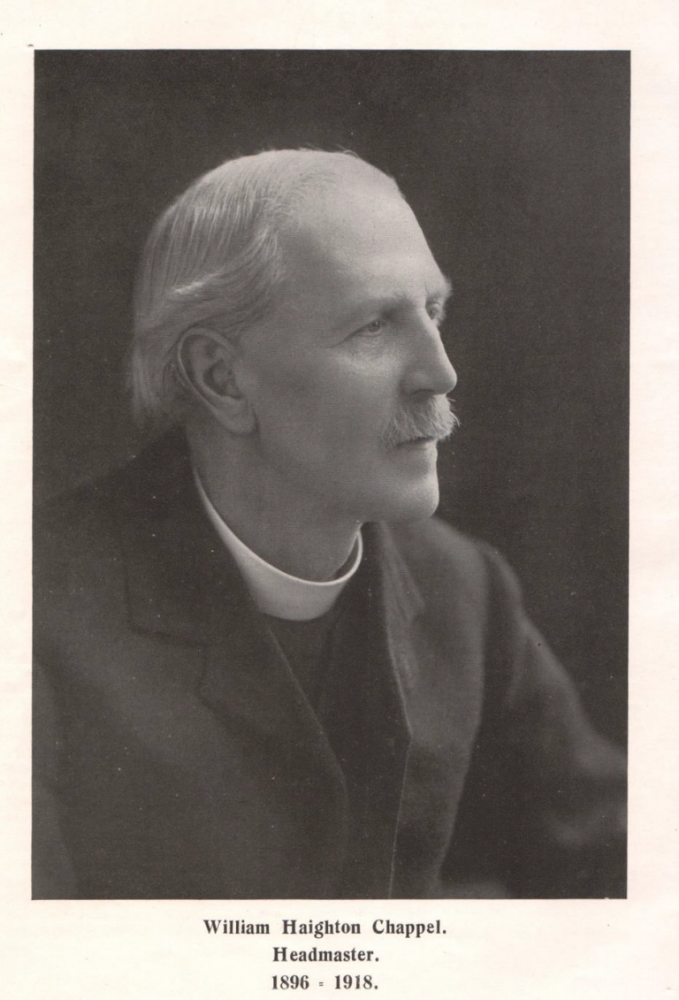OV
1 May
From the Archives: History of Chappel House
1936: Establishment of Chappel House
Shortly after his arrival at King’s, Longworth Allen Wilding (HM 1936-1940) divided the school’s Day Boys into two houses, primarily to allow house matches to be played early in the season. These two houses were named after Wilding’s predecessors, Chappel and Creighton. For the first three years, King’s Second Master F.B. Thomas housemastered both houses. In January 1937 they were made separate entities with their own house colours: Chappel House retained the yellow of the old Day Boys’ house; while Creighton adopted pink as their colour.
Chappel House was named after King’s former Headmaster, W.H. Chappel (HM 1896-1918). Its first Housemaster, F.B. Thomas, who had interrupted his Cambridge residence to teach, joined the King’s School staff as a Science Master in September 1917 from Stevenage Grammar School. He stayed on the staff for over 34 years under three more headmasters. In 1939 both Chappel and Creighton houses were suspended during the school’s evacuation to Criccieth. Upon King’s return to Worcester in 1940, Chappel House was taken over by Alec Macdonald, author of the first school history volume. For the first 25 years of the house’s existence, it was located in Edgar Tower. From 1961 it relocated to what was then the New Block (now the Annett Building); in 2001 it moved to Choir House. In 2009 Chappel was relocated a final time to School House, where it has been ever since.
The Revd. William Haighton Chappel became Headmaster of King’s in the Michaelmas Term of 1896, aged 36. He came from Marlborough School, where he had been head prefect in a house of 80 boys, and had played hockey for the school. A scholar of Worcester College, Oxford, he had taken a First Class in Classical “Mods” and a First in the Final School of Theology. In 1894 he returned to Marlborough as a master and shortly afterwards a housemaster. At King’s among the first changes Chappel made was the unofficial re-introduction of the word “King’s” into the title of the School. Henceforth the Vigornian became “The Worcester Cathedral King’s School Chronicle”, and the letters on the uniform caps were altered from “W.C.G.S.”, which they had borne under Mr. Bolland’s time, to “W.C.K.S.”
Chappel never spared himself, and made high demands on his staff and boys alike. His devotion to the School was complete, and the work he did for it, in doubling its size and increasing its reputation, is an abiding skill to the honoured and loving respect with which he was regarded within Worcester and beyond. After the end of the Great War Chappel resigned as Headmaster, but remained a Canon of Worcester Cathedral. In 1919 Dr. Yeatman Biggs, the Bishop of Worcester, was translated to the newly revived see of Coventry, and he persuaded Canon Chappel to accompany him to be the first Sub-Dean. The office was combined with that of Vicar of the Cathedral Church; Chappel worked in it, apparently untiringly, for just over three years, when his health suddenly broke down and a week later, on 11 July 1922, he died. He was buried at Styvechale churchyard, near Coventry. The first part of the service was conducted by the Succentor of Coventry, the Rev. O.G.O. Larr, OV, assisted by Canon Littlewood and the Headmaster. Simultaneously with the funeral service, Chappel’s memorial service was held in Worcester Cathedral, and was attended by the whole of the School.

Photograph taken from the King’s School Prospectus under Kittermaster (HM 1942-1959)
W. H. Chappel (HM 1896-1919)
Photograph taken from The Vigornian No.104, Vol. IX, July 1922

 Back
Back
